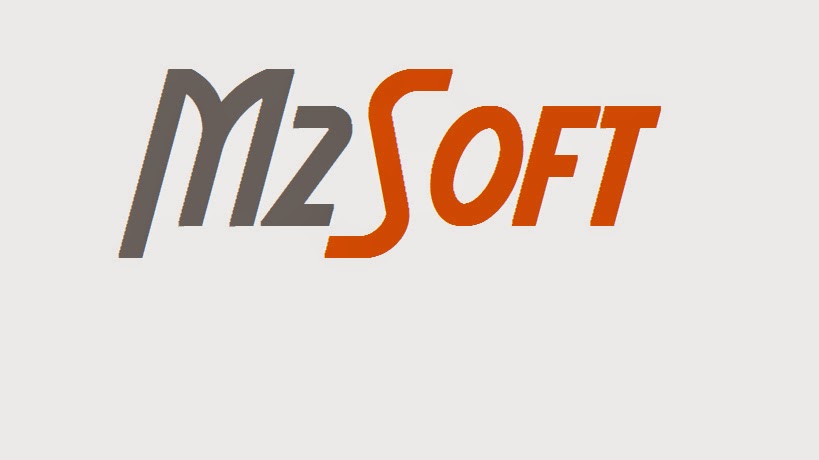
While choosing the design for your site, there are various distinctive aspects you need to consider. You need to consider whether that pretty websites will be intuitive to navigate, and afterward you have to be sure that its going to work over various devices and not forget mobile web surfers.
A little more complex task is making sure the site is going to work with search engines and will be easy for Google’s robots to index – sometimes a showy design can be great to look at, but can affect your ranking on search engines.
Lets take a look at some of the most popular web design styles and consider what they mean for SEO.
1. Parallax Design :
Parallax design often called single page design implies that you assemble your whole site on a single page. This is unquestionably striking and different.
But does it work for SEO? with all that content on one page you do risk diluting the impact of multiple keywords and it could be hard for Google to realize what to make of all that differed content. There are basically less pages to rank, which can be a drawback for SEO.
But this really depends on the nature of the site if it is a contest page, then you will probably only need to rank for one or two key phrases anyway, so this style might still be a good match.
2. Fixed Position Navigation :
One of the well known design choice is fixed position navigation, which implies use a menu that stays as a part of spot while whatever is left of the site scrolls. This allows users to quickly jump around the site even when they’re deep in content.
Luckily, the effect on SEO is really low – your content will even now be arranged normally on individual pages. But you do want to make sure that your navigation widget it’s still indexable so that Google can find your pages.
3. Infographics
It is also popular design choice these days, designers use lots of infographics in the place of normal content. they are eye-catchinga nd engaging, visitors like them.
Keep in mind however, infographics are simply images and can't be crawled by search engine spider. make sure that you supplement your infographics with some content, and use alt-tags and other indicators which helps google to understand what’s going on.











Thanks for sharing.
ReplyDeleteSEO services in Kerala